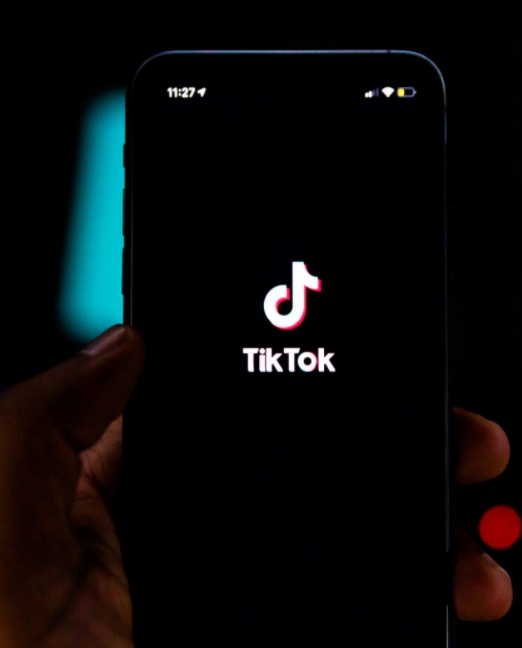TikTok filters invert users’ images leading to warped self perceptions
PHOTO BY SOLEN FEYISSA OBTAINED THROUGH CREATIVE COMMONS
People have mixed emotions on the TikTok filters that alter the way people see themselves. https://creativecommons.org/licenses/by/2.0/
September 17, 2021
TikTok’s creators have developed filters that present users with new perceptions of themselves, and many are not happy with the results.
The social media app TikTok, which launched in 2016 and has been steadily gaining traction since, gives users the ability to layer their videos with feature-altering filters that can reveal how they are perceived from another person’s point of view.
Senior Hannah Schwartzberg of Ocean explains her experience with the filters.
“There are some filters that are just fun to mess around with, but for the most part, anything that can alter your face can be a new way to make you self-conscious without you even realizing it,” Schwartzberg said.
One popular filter that brought out many users’ insecurities was the inverted filter. The filter flips the image of a person’s face, with many believing that it shows how others view them. American media website Cnet says that some users were even brought to tears as a result of the trend after learning that their faces were not symmetrical.
While this filter brought many pain and insecurity, Yahoo news website In The Know argued that it could actually have a positive effect on those who struggle from body dysmorphic disorder (BDD). People suffering from BDD reported that the filter allowed them to see an image of themselves that they could not.
However, Dr. Samantha Glickman, a clinical instructor of the Department of Child and Adolescent Psychiatry at NYU Grossman School of Medicine, explained that while the filter can have an initial positive effect, it is an ineffective solution for BDD in the long run.
“These practices can maintain negative thinking patterns as well as reliance on checking behaviors,” Glickman said. “[They] might cause a quick reduction in anxiety, but maintain their symptoms over time.”
However, other filters can alter users differently. For example, the beauty filter layers the user’s face with adjustments and ‘fixes’ insecurities. Schwartzberg talked about the negative effects that this filter had on her.
“Sometimes it will be on without me even realizing and I’ll think I look good and then when it turns off I see that I don’t look as good as I thought I did,” Schwartzberg said.
If the filter had not initially been on, Schwartzberg would not have noticed her insecurities.
These filters are digitally creating a population of users that represent a specific standard of beauty when in reality, the second the app is closed, all people are left with is self-doubt.




